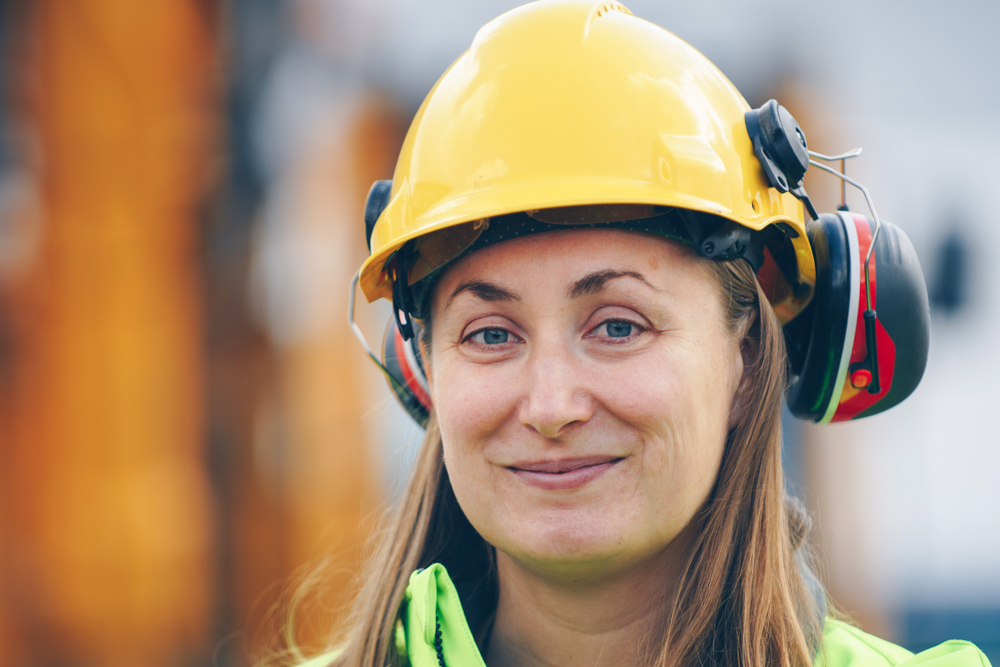How GIW Uses Data to Create a Safer Workspace
Our commitment to occupational health and safety exists at the core of our work each day. Through preventive measures, careful preparation, and training, we all do our part to keep GIW a safe workplace. When it comes to guaranteeing that safety, we have a lot to consider, including employee health, physical hazards, and incident history. Thankfully, we can use data and technology to track these and other factors. Data helps us identify hazardous practices and areas, maintain compliance with regulations, and most importantly, keep our employees safe. Here is a look at how data helps us create a safer workplace.

Employee safety
To understand past incidents and prevent future incidents, we collect different types of data from around the workplace; most notably, we rely on information about current and past injuries sustained on the job. For each incident, we ask a series of questions:
- What type of accident happened?
- If an injury was sustained, what was it, and what kind of aid was delivered?
- What materials were used to treat the injury?
- Who, if anyone, was at fault for the incident?
- Was the cause remedied, and if so, how?
We use an Incident Investigation Report, which must be completed by the supervisor following an incident occurring with GIW employees. In the event of a first aid injury, the employee must report the incident to his or her supervisor prior to shift end. The supervisor is required to complete a first aid form. The completed forms are then sent to the Environmental Safety and Health (ESH) department.
This data starts the incident investigation in which both the ESH Department and Departmental Safety Committees investigate, take photos of the incident scene, if needed, and write a report that specifies corrective actions and closure dates.
We track this information across incidents over time to give us a better understanding of how and why accidents happen. This not only helps us prevent future incidents; it sheds a light on areas that require improvement. The data we obtain from each incident can even help us develop new ways of thinking about our workplace that can make us safer and more efficient.

Meeting regulations
We use data for more than just tracking accidents; we use it to make sure every aspect of our workflow and every corner of our workspace meets local, state, and federal standards. We abide by all Occupational Safety and Health Administration (OSHA) standards, but special attention is given to specific guidelines such as:
- Never carry a load over another person.
- Never walk under a load.
- Practice safe crane operation.
- Follow appropriate forklift operation lock out/tag out procedures.
- Ensure machine guarding.
- Follow proper guidelines for extinguishing a fire.
- Never cross danger tape.
The ESH department conducts monthly inspections of all ESH-related equipment and daily inspections of cranes and forklifts. Whenever an ESH audit occurs, an inspector surveys our workplace to identify which regulations apply, determine if we are adhering to safety procedures, and assess our methods of ensuring compliance.
As a way of maintaining regulatory compliance and keeping our employees safe, we collect data for some of the most common safety audit areas, including on-site injuries, safety documentation, hazard identification and control, and equipment condition. By tracking and analyzing information related to the actionable items in a typical audit, we can avoid receiving citations or penalties. More importantly, however, this preparation allows us to uncover and mitigate potential hazards, thereby keeping our workplace safer.

Hazardous areas
We’re not the only ones who use data to keep employees safe. OSHA and other regulatory bodies use inspection data to identify the most dangerous work areas and most common citations. In turn, we use that information to keep employees informed about potential hazards. We can look to last year’s most cited safety violations from OSHA — including chemical hazard communication, respiratory protection, and machine guarding — to see where many companies fall short, and where we need to be especially careful.
Safety is our top priority at GIW! Thanks to data from our workplace and others, we can determine what on-the-job factors may affect it, maintain compliance with health and safety regulators, and keep each employee on the same page. Data makes us smarter, stronger, and safer.

